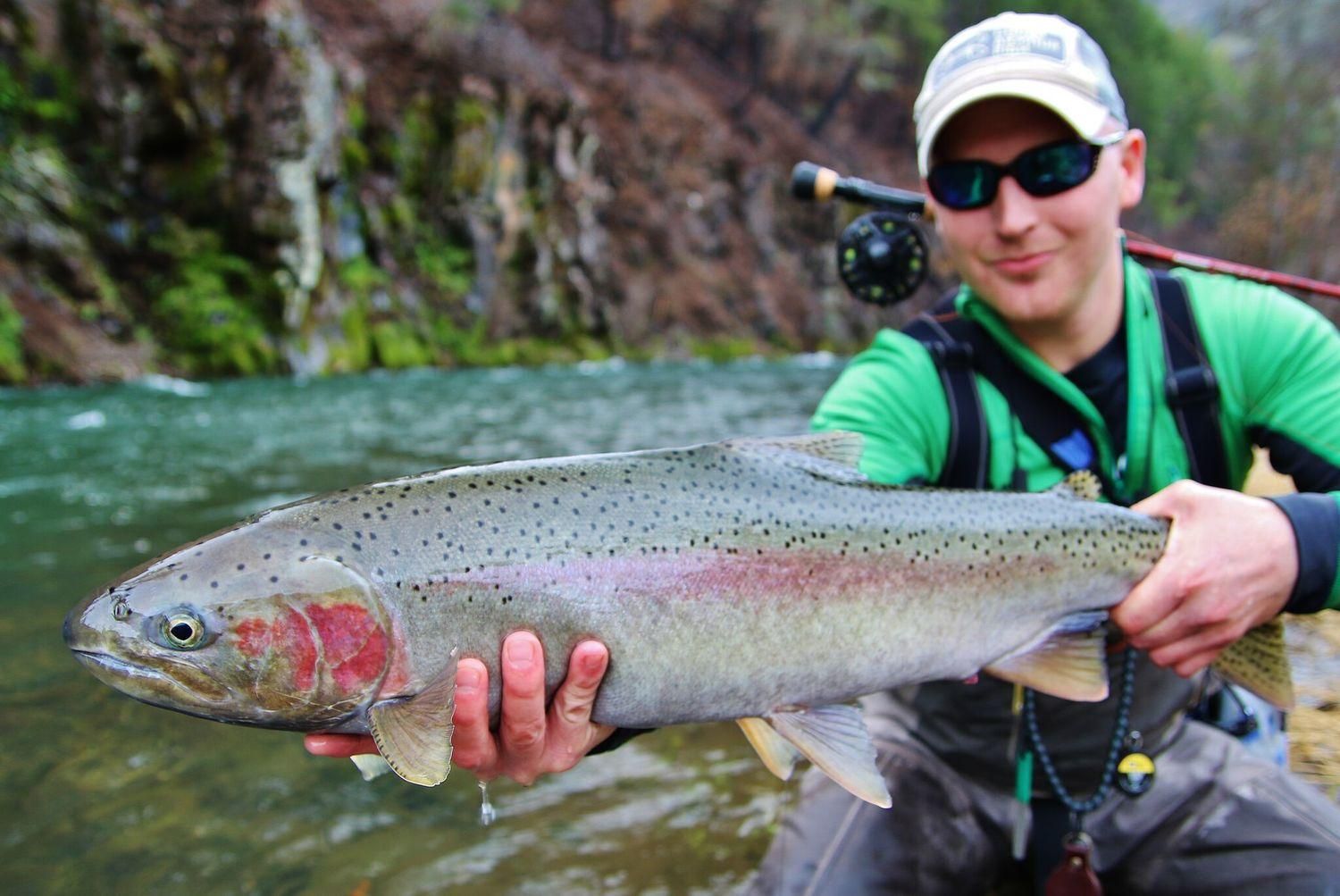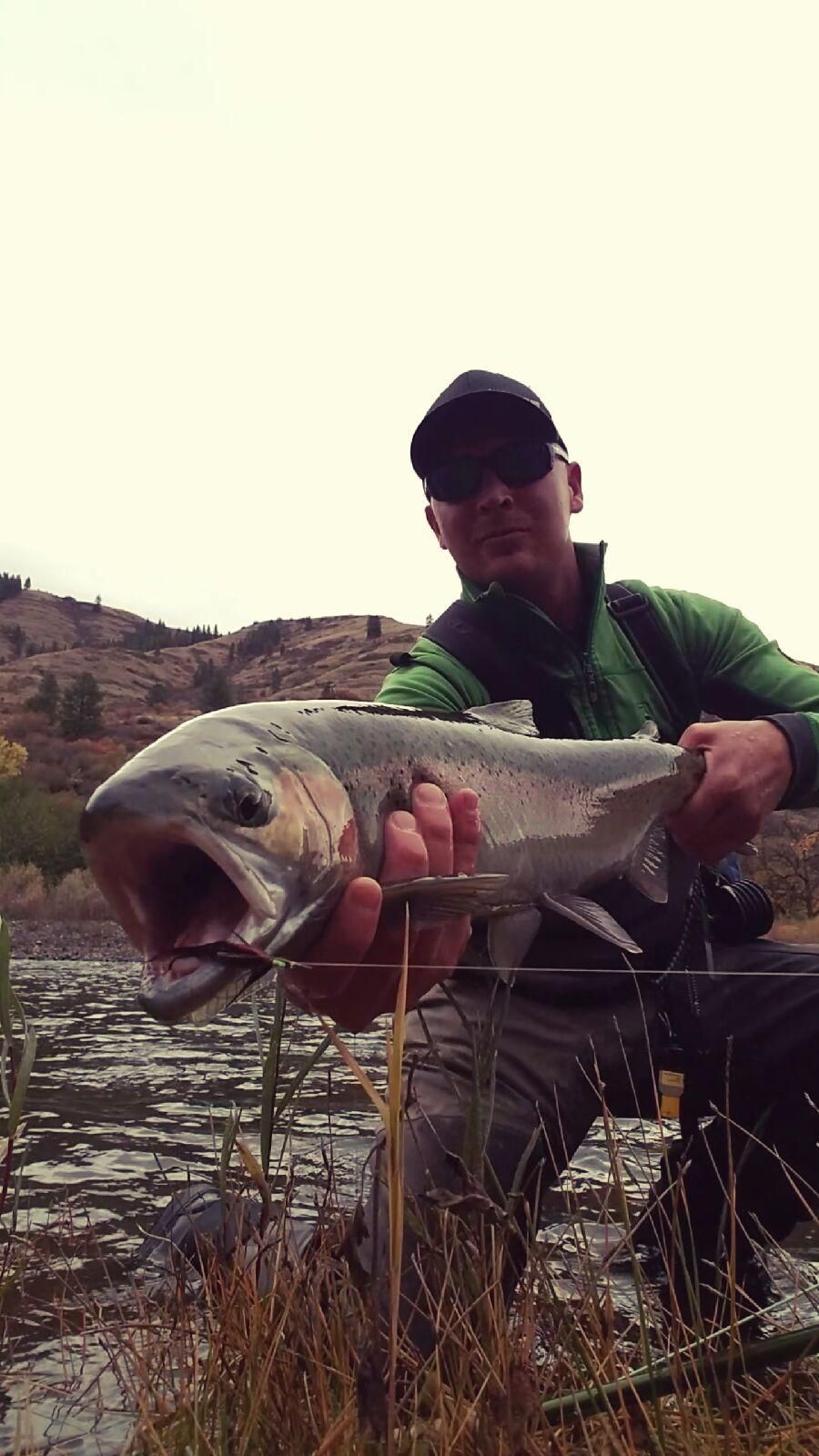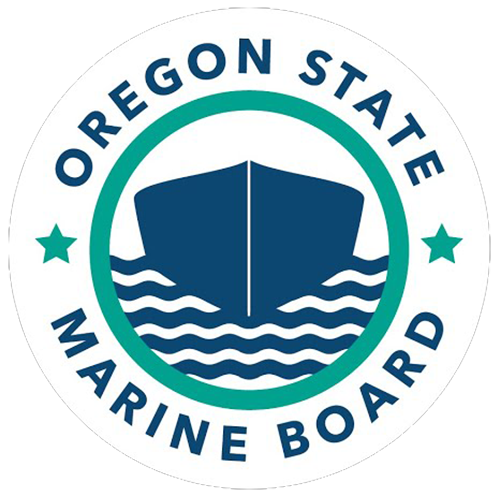Steelhead 101: Understanding Steelhead
Key Takeaways
- Steelhead are incredible migratory fish that travel over 1,100 miles from inland rivers like the Grande Ronde to the Pacific Ocean and back, making them one of the most resilient species in North America.
- Grande Ronde River Steelhead face extreme challenges during their journey, including dams, predators, and environmental threats—highlighting their strength and adaptability.
- The life cycle of a steelhead includes freshwater birth, ocean migration for one to two years, and an extraordinary return to their home streams to spawn.
- Understanding steelhead behavior and migration patterns helps anglers know where and when to fish effectively on rivers like the Grande Ronde and Wallowa.
- Upcoming lessons in Steelhead 101 will dive deeper into identifying the best river structures—like runs, riffles, and pools—to increase your success in catching steelhead.
Grande Ronde River Steelhead
Steelhead are awesome , especially those that return to the Grande Ronde watershed. Along with a few streams in Idaho, our home waters in northeast Oregon’s Wallowa County are about as far inland as Steelhead live in the United States.
After they’re born (or stocked) in our local streams, they spend time in the river until they are large enough to attempt to migrate to the Pacific Ocean.
If they are fortunate enough to taste salt water, they will have passed through 8 dams and survived anglers, gillnets, and numerous other predators and environmental conditions that can kill them. That, of course, is just the way there.
After reaching saltwater, Wallowa County Steelhead will travel all over the ocean, spending time eating and growing. After a year (1 salt fish) or 2 (2 salt fish), they begin their migration home.
Again after surviving the gauntlet, they arrive back home to where they were born. For anglers on the Grande Ronde River and the Wallowa River, that means fish that have traveled ROUND TRIP roughly 1100-1200 river miles, depending where you locate them. If you’d like to experience these waters for yourself, explore our Grande Ronde River rafting trips. That, of course, doesn’t account for the vast distances traveled in the ocean. And if that wasn’t enough, after spawning, these fish will try (with limited success at these distances) to return to the ocean and do it all over again. So again, Steelhead are awesome . These same waters also host our Grande Ronde 5-Day Rafting Adventure, where guests can explore the river’s wild beauty while keeping an eye out for migrating steelhead.

This brings us to the point where you’re on the river and the fish are back home. So what is it you need to know? Before we get into fly rods, lines, or flies, where do we start?
Our next installment of Steelhead 101 – What To Look For and What To Avoid – will help you accurately target areas where steelhead hold, with breakdowns on runs, riffles, and pools.
More to follow.
For the introduction to Steelhead 101 and more information about guide Paul Pagano, click here.
Paul Pagano, fly fishing guide for Winding Waters River Expeditions and owner of Fly Side Angling is available for guided trips. Winding Waters also offers guided white water rafting adventures throughout Oregon and Idaho.
Frequently Asked Questions
Here are some of the most common questions people ask about steelhead and their remarkable life cycle, especially those found in the Grande Ronde and Wallowa Rivers.
What is a steelhead?
A steelhead is a sea-run rainbow trout that migrates from freshwater rivers to the Pacific Ocean and back again to spawn. Unlike salmon, steelhead can survive after spawning and may return to the ocean to repeat their journey.
Where do steelhead live?
Steelhead inhabit rivers that connect to the Pacific Ocean. In the United States, they can be found as far inland as northeast Oregon and Idaho. The Grande Ronde and Wallowa Rivers in Wallowa County are among the most inland steelhead habitats in the country.
How far do steelhead travel?
Steelhead from Wallowa County travel an incredible 1,100–1,200 miles round trip between their home rivers and the Pacific Ocean—passing eight dams and facing numerous natural and human challenges along the way.
How long do steelhead stay in the ocean?
Steelhead usually spend one to two years in the ocean before returning to their natal rivers to spawn. Those that spend one year are called “one-salt” fish, while those that stay two years are known as “two-salt” fish.
Do all steelhead survive the migration?
No, only a fraction of steelhead survive the journey. They face hazards such as dams, predators, gillnets, and environmental challenges both in freshwater and saltwater. Those that do make it back are truly remarkable survivors.
Can steelhead spawn more than once?
Yes, but their chances decrease with distance. Some steelhead can return to the ocean after spawning and make the journey again, though survival rates are lower for inland populations like those from the Grande Ronde River.
What makes Grande Ronde steelhead special?
Grande Ronde steelhead are unique because of the incredible distance they travel inland and the challenges they overcome to return home. Their resilience, strength, and beauty make them a prized catch for anglers and a symbol of wild river health.
When do steelhead return to the Grande Ronde River?
Steelhead typically begin their return migration in the fall, arriving in the Grande Ronde River after spending one or two years in the Pacific Ocean. This is when local anglers eagerly await their arrival.
How can anglers catch steelhead in the Grande Ronde?
Successful steelhead fishing requires understanding the river’s structure—knowing where runs, riffles, and pools hold fish. Fly rods, proper lines, and patience are key. Future guides like “What to Look For and What to Avoid” help anglers target steelhead effectively.
Where can I book a guided steelhead trip?
Guided steelhead trips are available through Winding Waters River Expeditions with expert fly fishing guide Paul Pagano, owner of Fly Side Angling. Guided trips help anglers learn the river, techniques, and best spots to experience the thrill of landing a wild steelhead.






